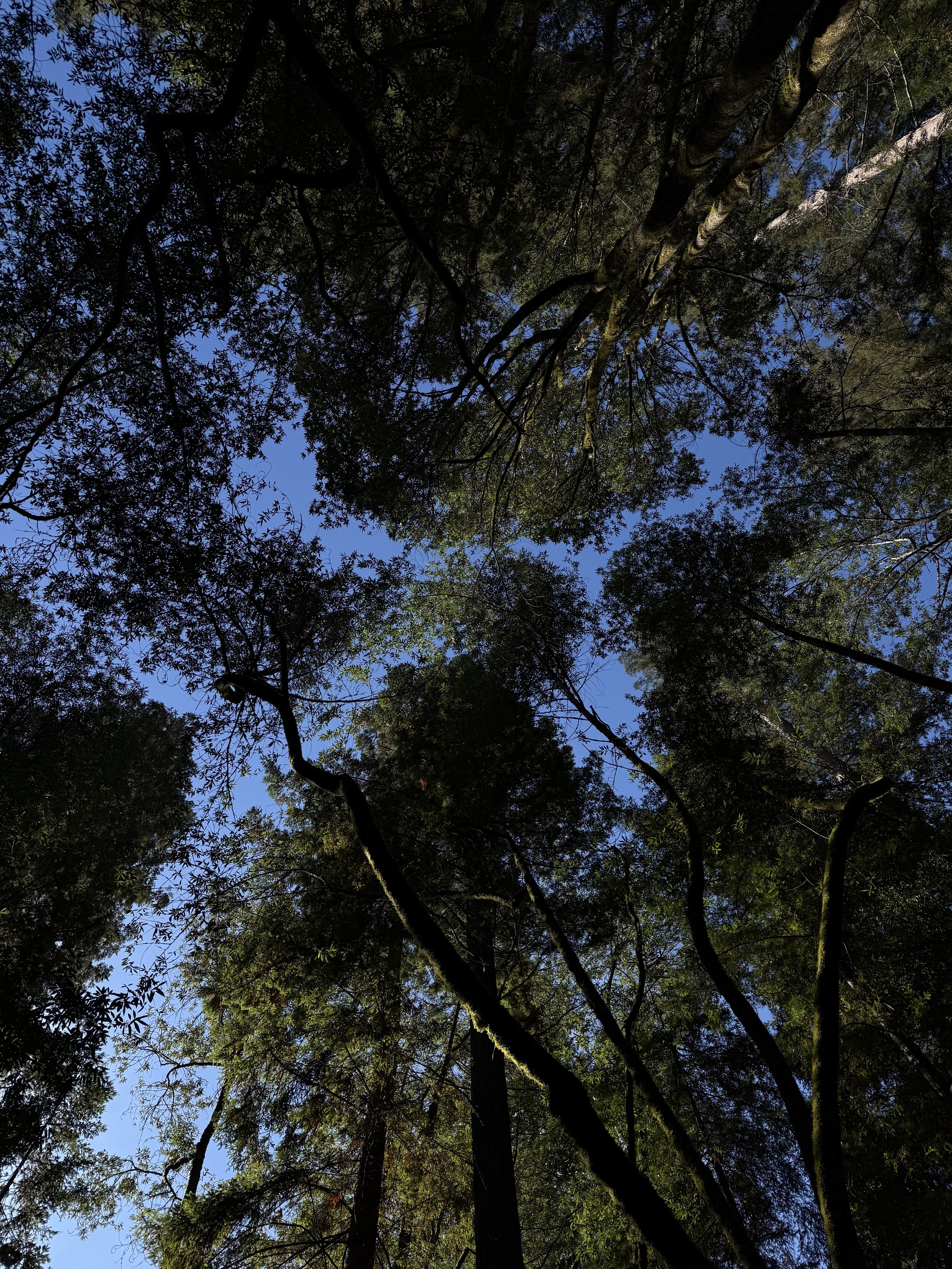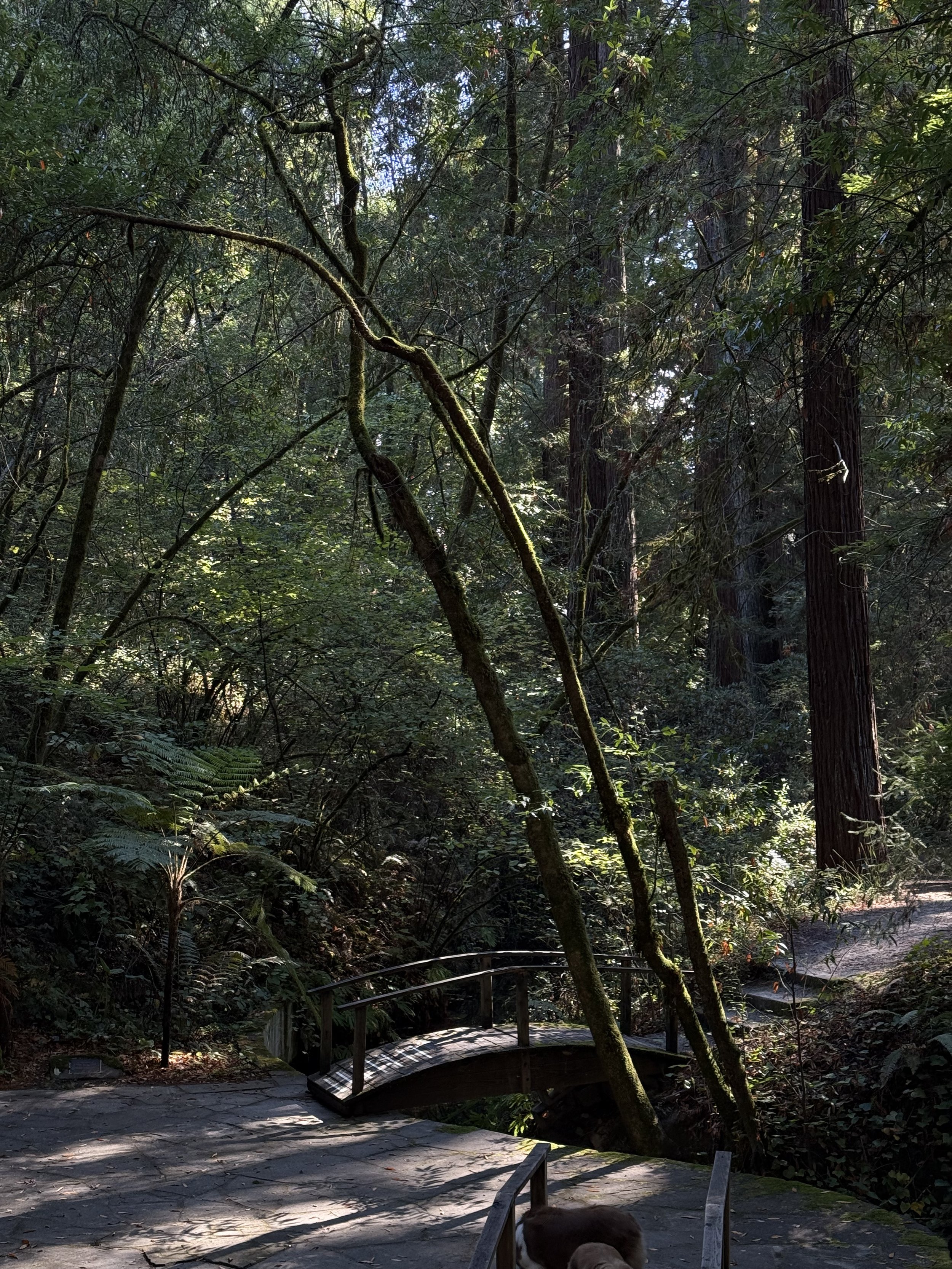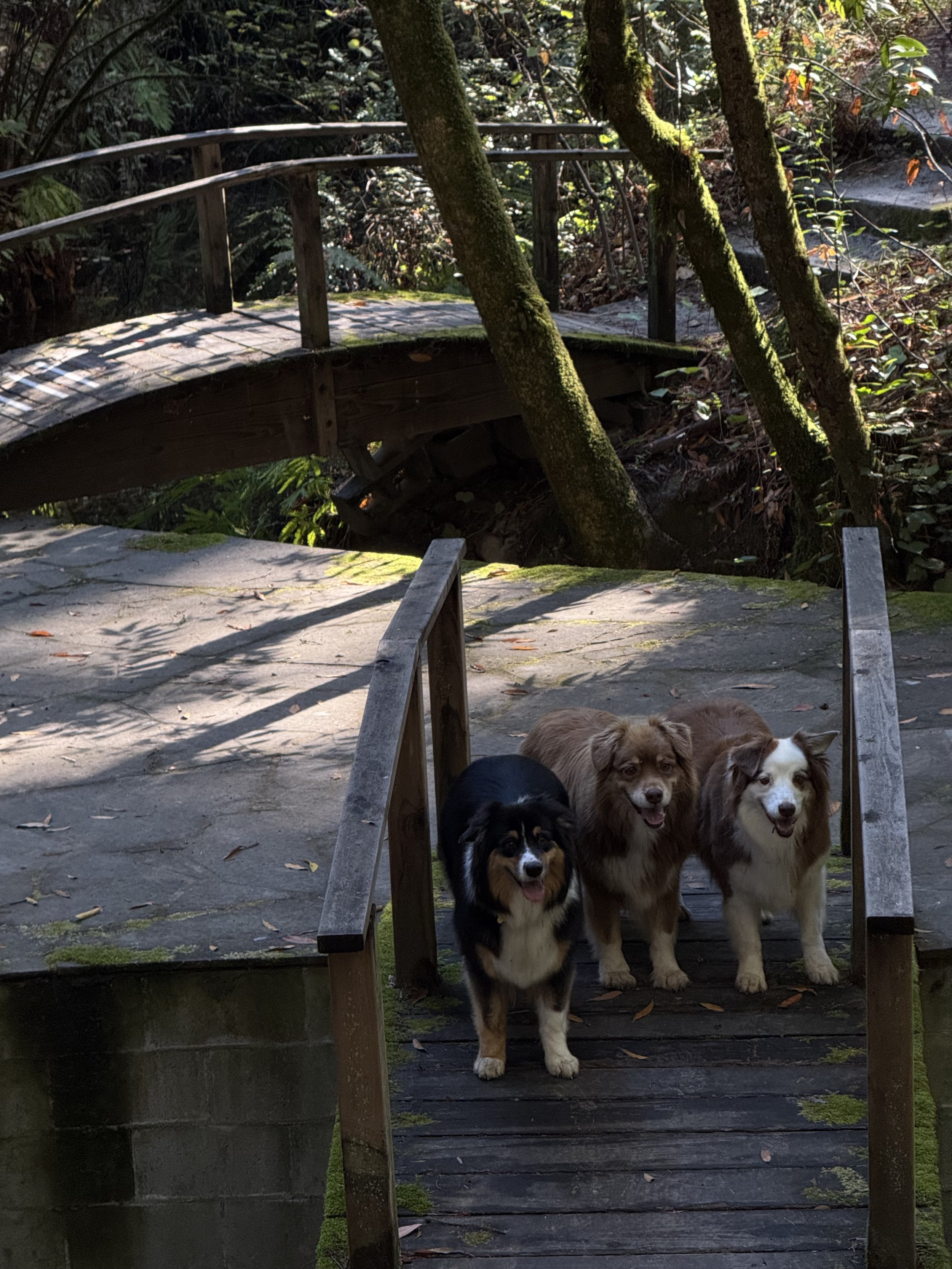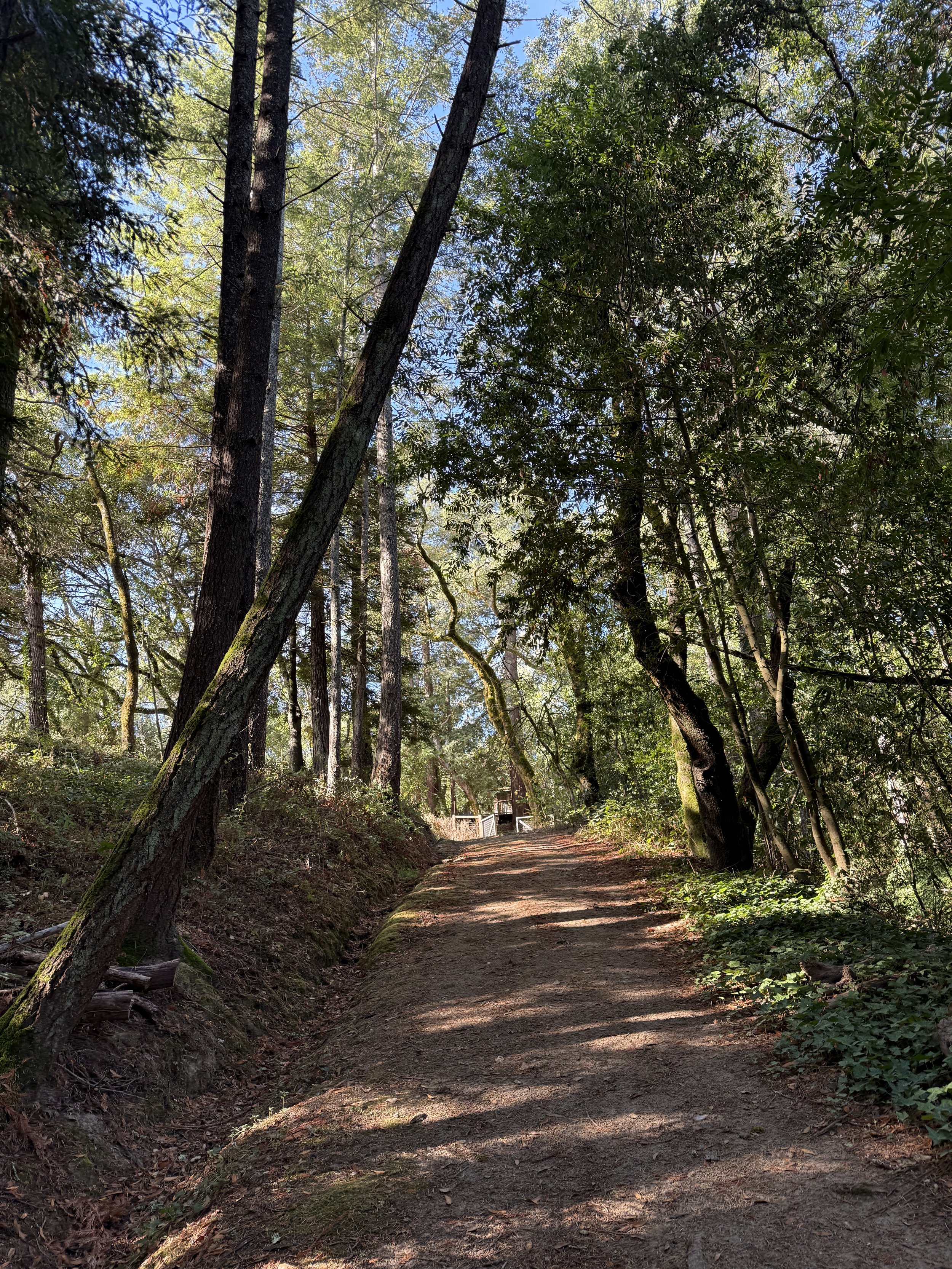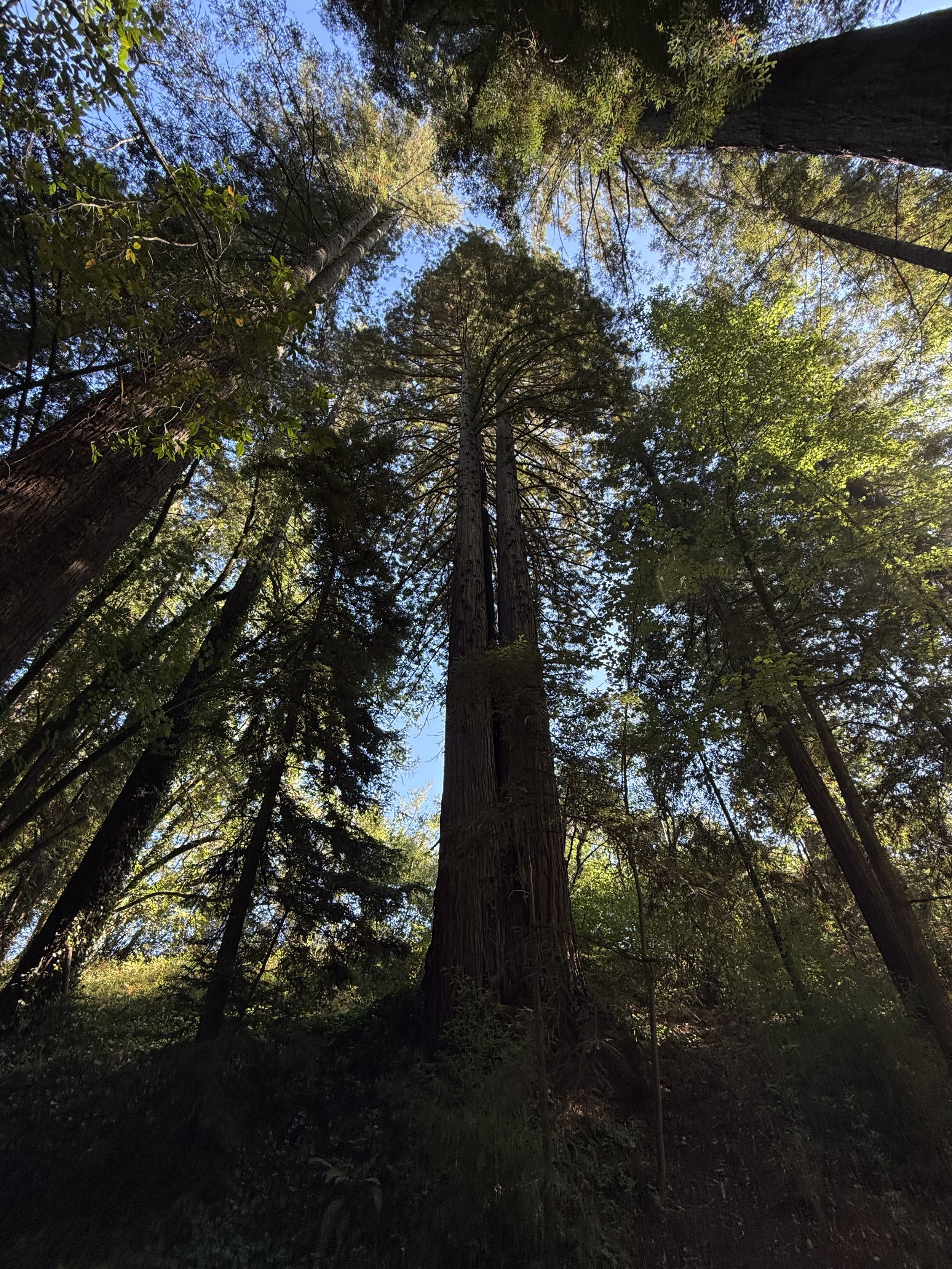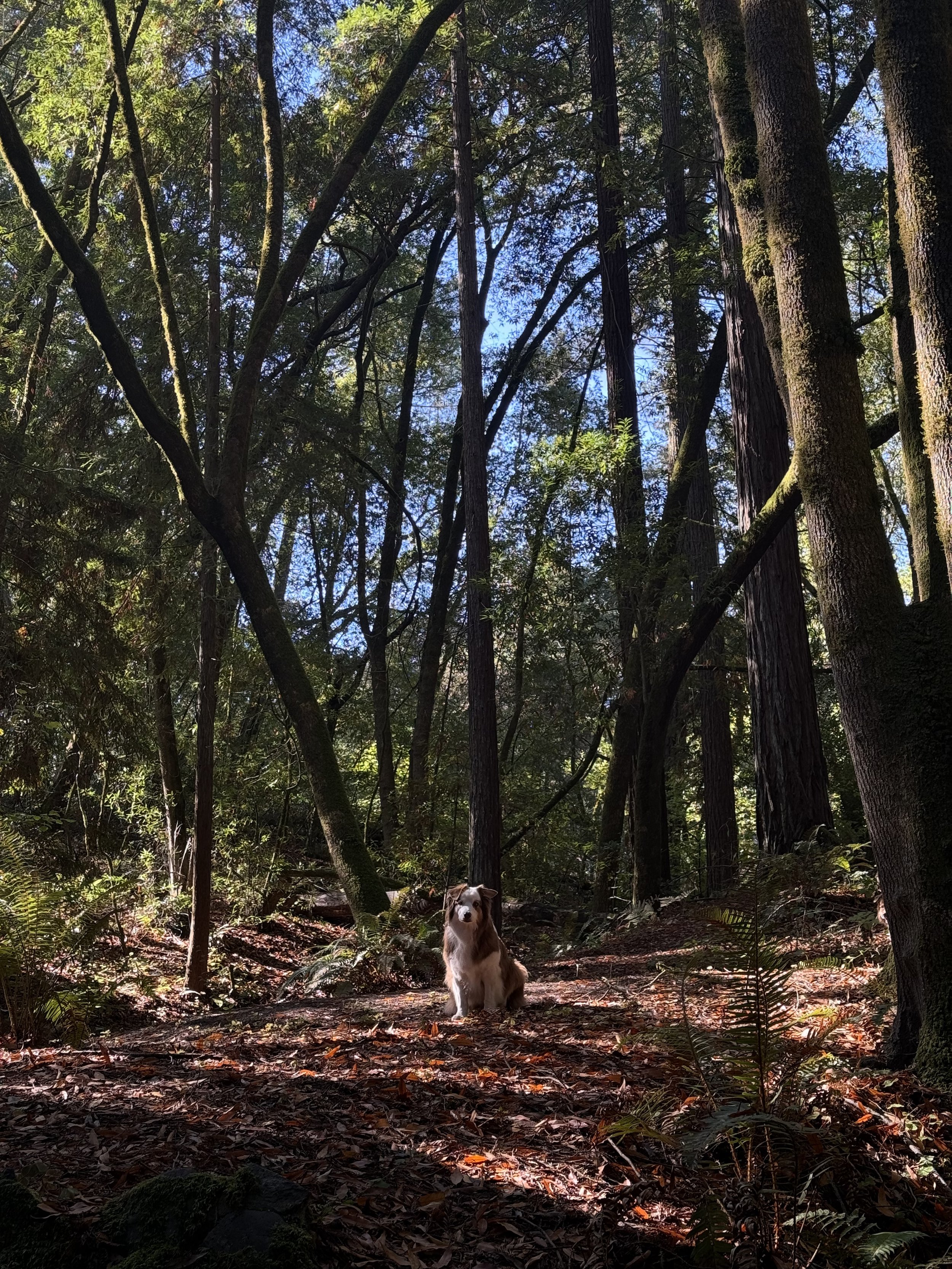“We increase the health and resilience of urban forests and wetlands, catalyze connections between people and nature, and strengthen the environmental workforce” - From the Mission of The Natural Areas Conservancy in New York City
Choosing natural areas worthy of restoration and preservation is not an easy feat, especially within the concrete jungle that is New York City. On top of that, in today’s world, the reasons to protect even the smallest ecosystem on Earth seem to meet the lengths of a novel, and for good reason, but it is up to us at the Natural Areas Conservancy to actually choose the areas worth the investment. How I propose the best way to go about this is to take a step back, gain perspective, and from there build a checklist of guidelines that should be followed when looking at possible protected areas prominent in our communities, and these criteria are what follows.
To make this selection of “natural” areas, we have to consider not only ecological aspects but social and cultural aspects, not only through a historical lens but also through the potential lens. As a whole, we have to look at our relationship with nature and how these natural areas can deepen that connection. At the Natural Areas Conservancy, we are working to transform a world that already is in a constant state of change, and to do this, we have to align the connection humans have with nature.
With this, the criteria I suggest we hold regarding the future choices of Natural Areas is
The Biodiversity and Overall Health of the Considered Ecosystem
Conservation Connectivity
Accessibility and Community Engagement
Historical, Cultural, and Just Context
Educational Benefits
The Consideration of Strength- Weakness- Opportunity and Threat
The Biodiversity and Overall Health of the Considered Ecosystem
This criterion might seem the most obvious, but there is a reason for its prominence! The functionality of a thriving ecosystem is due to its biodiversity. Each species within an ecosystem has a role, whether it is a pollinator, decomposer, predator, or prey, and through this complex connection, an ecosystem functions. The variety of species, or biodiversity, gives an ecosystem flexibility when it comes to environmental changes, and without this adaptability, the ecosystem simply won’t be sustainable in the long run. Biodiversity creates the support for a healthy, resilient ecosystem, so the first criterion in choosing whether or not an area is worthy of being a protected domain should be looking at it’s biodiversity. How these species engage with one another, but also how within those species, they have adapted genetic diversity, resilience to disturbances, and how the area's biodiversity would be positively affected if chosen for protection. Janine Benyus, a student of biomimicry, says, “Nature/Life would always create conditions conducive to life,” because natural selection is not individual, but correlative because biological entities are complex and direct. Ecosystems don’t work if there is not a partially harmonious relation between the roles of the species within that ecosystem.
Conservation Connectivity
The criterion of conservation connectivity refers to how different natural areas are connected, creating biological corridors for the movement between species, genes, seeds, sediments, and more. These corridors serve as a way to develop the ecological processes between ecosystems. The opportunity for protected areas to serve as a passageway of ecological connection can be an immense benefit regarding the future of attempting to reverse the negative impacts that humans have had on the planet.
Accessibility and Community Engagement
In the process of choosing a potential protected natural area, I believe that it is extremely important to consider the accessibility and community engagement that the area could create. By having a protected natural area that is easily accessible, we create equitable access to nature and an opportunity for everyone to have a relationship with nature. Having access to natural areas generates a multitude of positive ripple effects. Connecting to nature can result in improved individual well-being and healthier and happier communities. Public spaces such as parks can create an inviting space for users of all ages, promoting connectivity, physical recreation, and in some cases, fun creative play. Successful public spaces do not just exist, they are created and cared for not just by the people and citizens, but by policy, as well as, city and state governments. Looking at how public space is utilized in any city will provide a powerful glimpse into the values of its citizens. A city with beautiful and popular public spaces is often reflective of local government prioritizing laws and policy to protect the space; and just the opposite is true for cities that overlook or neglect their public spaces. Protected natural areas can act as a public space for community building, using the space as a place to gather, connect and build social bonds. These connections don’t have to stop at connecting people to people, but by connecting people to their communities protected area, it can result in a increased care and protective instincts for their shared space.
Historical, Cultural and Just Context
Many natural areas hold historical and cultural significance, deepening a connection of the areas locale, the relationship it has had in the past, and the relationship that will be molded by potential protection. If the considered natural area has a historical and cultural past, protecting it will give opportunity to honor, respect and preserve that connection. This cultural significance can celebrate cultural diversity and value that history through continued education, offering a platform for voices that have so often been silenced in the past.
On the other end of that spectrum, it is not uncommon for underserved communities to have historically lacked access to natural areas and green spaces. By creating those spaces, we can be equitably just from that environmental aspect. Nature and culture are often intertwined and by addressing this in as a part of our criteria, we give ourselves the opportunity to learn, grow, and develop these relationships.
The Educational Aspect
The educational aspects associated with natural areas should be considered when choosing a potential protected natural area. These areas have the capability to educate society in a number of ways, and that should be taken into consideration. Natural areas have the ability to bring environmental awareness when seen through the perspective for the need of protection. Society can learn about the value of biodiversity within these natural areas by observing wildlife, identifying plants and ultimately enhance the understanding of the relationship between humans and the environment that we live in. Not only can these natural areas be a source of education to the common person, but these areas can serve as a source of data for scientists. Through these local ecosystems, we can learn about the local environment, the climate, flora and fauna, and more, providing educational initiative.
The Consideration of Strength- Weakness- Opportunity and Threat
Overall, through this criteria we will conduct a Strengths, Weakeness, Oppourtunities and Threat analysis to aid us in the contemplation of worth within a potential protected natural area. The act of restoring and protecting certain areas is already a noble pursuit, but through these criteria, we are able to gain different points of view and that knowledge will just act as water joining our river!
